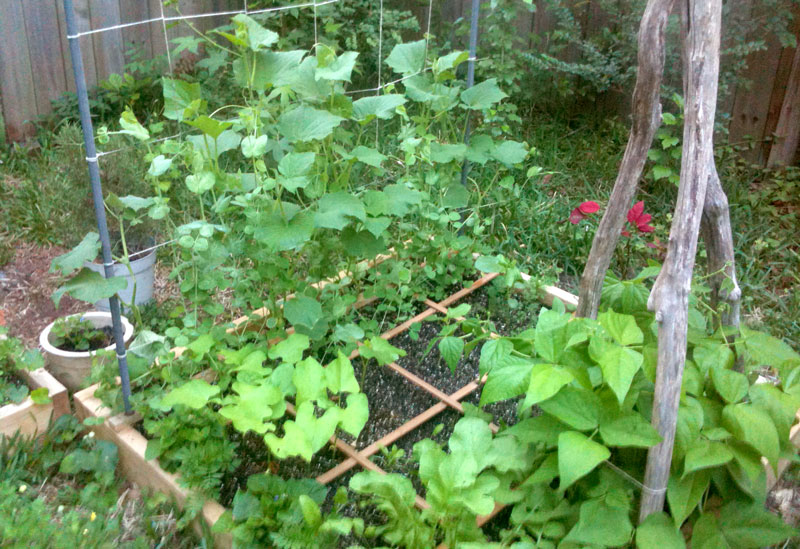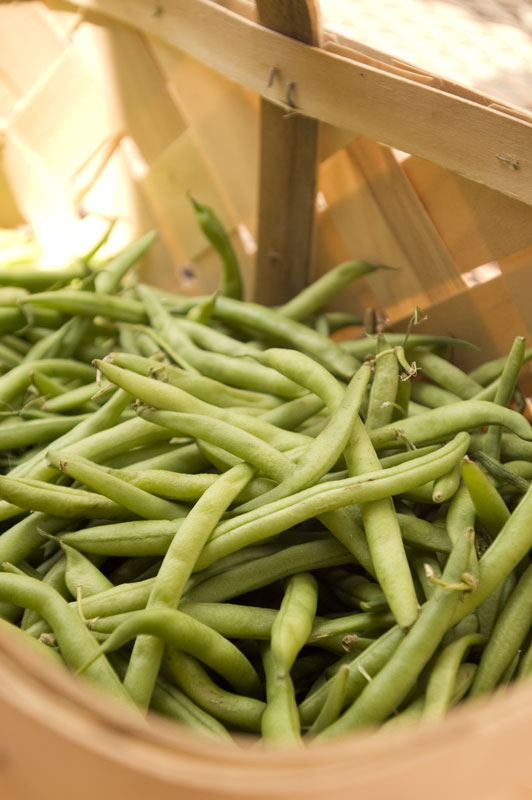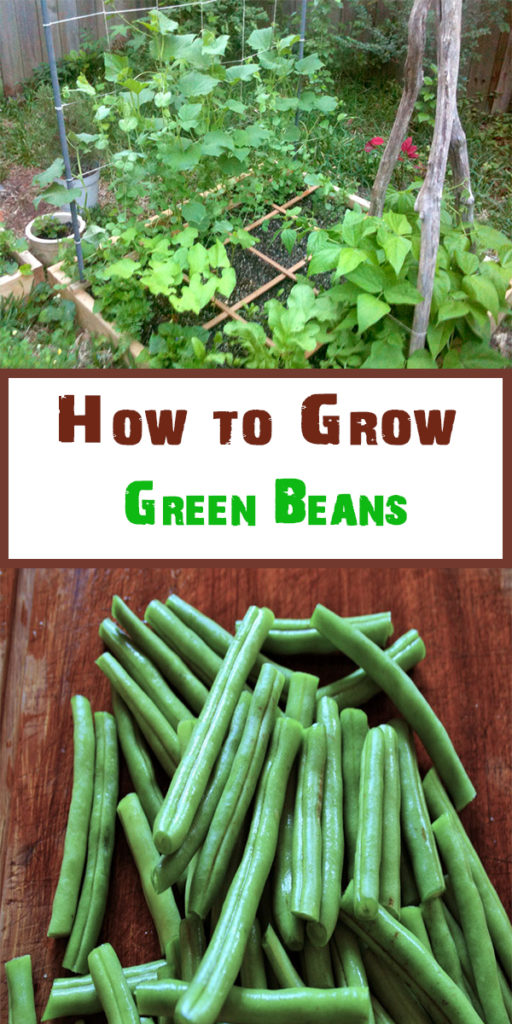How to Grow Green Beans
Green beans have been cultivated in gardens for hundreds of years. There are hundreds of different varieties from bush to pole, from Heirloom to hybridized, and even colors ranging from dark green to purple. There are so many green beans to plant, so little time! Here is a little guide to show you how to grow green beans in your vegetable garden this summer.
Choose which variety of green bean to plant. The two basic green bean varieties are bush beans and pole beans. Bush beans spread out horizontally while pole beans need to climb vertically.
- Recommended bush varieties for most regions include Bush Blue Lake and Bountiful.
- Recommended pole varieties for most regions include Fortex and Kentucky Wonder.
Pick a sunny spot for your crop. Green beans need plenty of sunlight to grow properly, so try to choose an area of your garden that receives full sun for your planting site.
- Since green beans do not do well in heavily-moist soil, you should avoid shaded locations, since shade tends to help soil retain moisture for prolonged periods.
Amend the soil, if needed. Green beans thrive in loamy soil, so if your garden has heavy clay soil or sandy soil, you should amend it with organic material before planting your green beans.
- Loamy soil is dark and crumbly. Test the soil by squeezing it in your hands. Clay soil stays in a ball and sandy soil falls apart completely. Loamy soil will hold its shape initially yet break apart when touched.
- If working with clay soil, spread 2 inches (5 cm) of manure or compost over the soil and work it into the top 1 foot (30.5 cm) of soil using a shovel or garden fork. You could also mix sawdust or sand into the soil if it is especially heavy.
- If working with sandy soil, spread the same amount of heavy manure or compost into the soil in the same manner, but skip the sawdust.
- No matter what type of soil you have, you should also make sure that the area is free of weeds, trash, stones, and other debris.
Apply fertilizer to the soil before planting the seeds. Green beans do not require a vast amount of nutrients, but a light application of fairly balanced fertilizer can help your plants produce a better crop.
- Lightly apply a 10-20-10 fertilizer. This type of fertilizer is slightly richer in phosphorus than in nitrogen or potassium, so it is good for producing a strong crop yield.
Planting
Sow the seeds outdoors after the last spring frost. The absolute minimal soil temperature for green bean seeds is 48 degrees Fahrenheit (9 degrees Celsius). If the soil temperature drops below this, even at night, the seeds may not germinate well.
- The best soil temperature during the planting stage is 55 degrees Fahrenheit (12.8 degrees Celsius), however. Ideally, the temperature should warm to 77 degrees Fahrenheit (25 degrees Celsius) once the plants reach the emergence stage.
Set up a trellis, if necessary. A trellis or other fencing is not necessary if you are planting bush beans, but if you are going with a pole variety, growing the crop without some form of trellis will severely hinder the growth and yield of your plants.
- The simplest support you can provide for pole beans is a cattle panel. This is a small section of wire fence measuring about 16 by 5 feet (4.9 by 1.5 m). Simply set up the fence behind your growing area before planting the seeds.
- You could also use a traditional pyramid trellis or a metal or plastic stake. Position either one just behind the planting location and make sure that the bottom 4 inches (10 cm) or so are underground.
Plant each seed 1 to 2 inches (2 1/2 to 5 cm) deep. Each seed should also be about 2 to 4 inches apart and covered lightly with loose soil.
- If your soil is a little on the sandy side, plant the seeds a little deeper.
Apply mulch. A standard wood chip mulch works well with green beans. Mulch can prevent the soil from getting too cool or too warm, and it also helps the soil retain enough moisture.
- Other good mulches include weathered straw and untreated lawn clippings.
- Mulch can also help prevent the spread of weeds.
- Apply roughly 2 to 3 inches (5 to 7.6 cm) of mulch over the plants after the soil has started to warm up.
Harvesting and Storage
Pick the green beans during an immature stage. The pods should be firm, and you should be able to snap them off the plant without tearing the stems.
- Note that the seeds inside should not be allowed to fully develop. At a fully developed, mature stage, the inner seeds will turn hard.
- Green beans are usually about the size of a small pencil when ready to harvest.
- Harvest usually takes place 50 to 60 days from planting and 15 to 18 days after the full bloom stage.
Store the green beans in a refrigerator. Keep harvested green beans in an airtight container and store for about 4 to 7 days in your refrigerator.
- Freeze, can, or pickle green beans for long-term storage.



